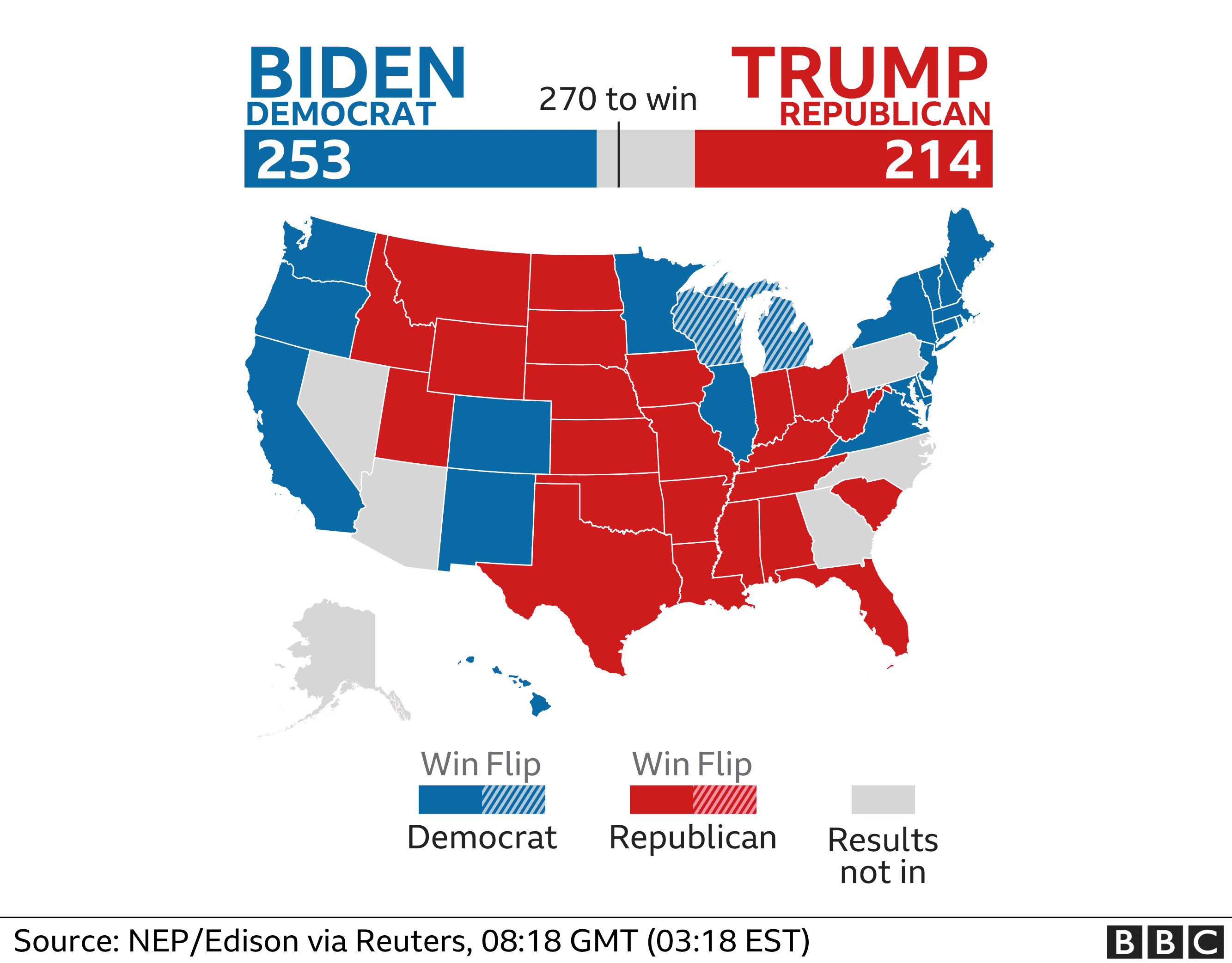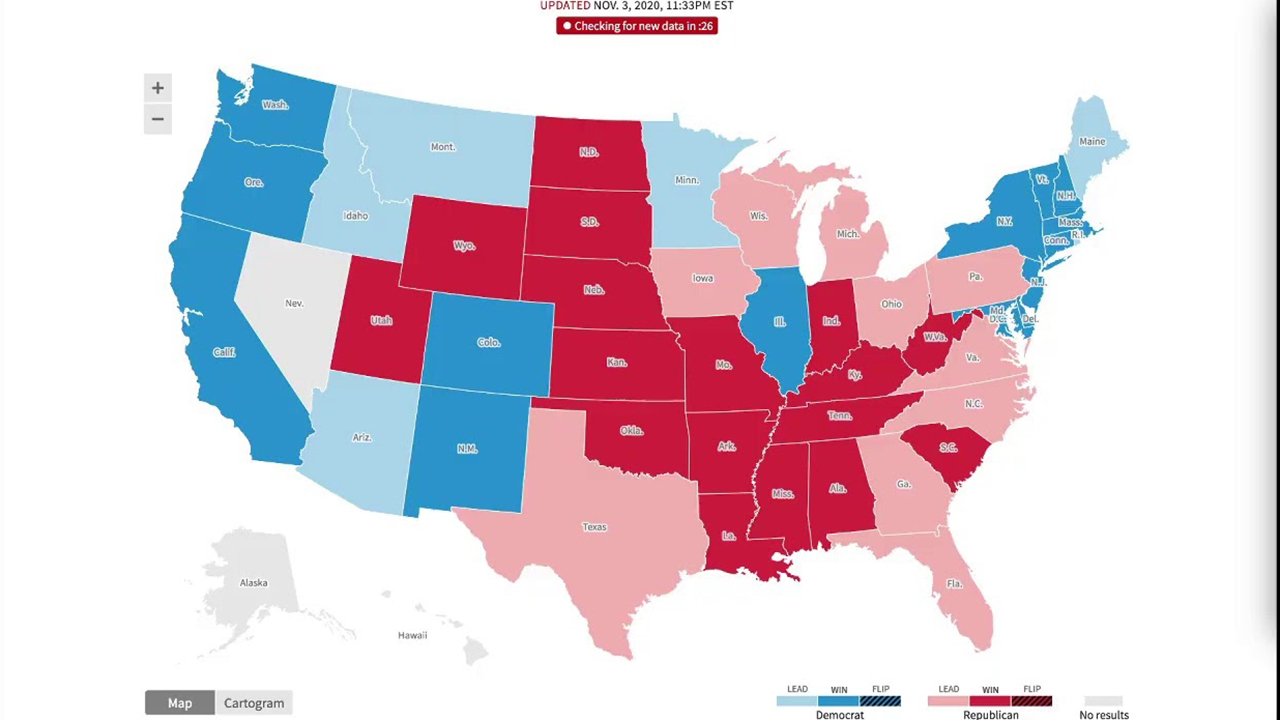Election Results Overview

The recent election saw a dramatic shift in the political landscape, with a record-breaking voter turnout and surprising victories for several candidates. This election was a reflection of the current political climate, characterized by a strong desire for change and a growing dissatisfaction with the status quo.
Voter Turnout and Participation
This election saw a surge in voter turnout, with an unprecedented number of citizens casting their ballots. This surge can be attributed to several factors, including the high stakes of the election, increased awareness of the issues at hand, and a growing sense of civic duty. This unprecedented participation underscores the importance of this election and the level of engagement among the electorate.
Key Election Results
- Candidate A secured a decisive victory in the presidential race, garnering a significant majority of the votes. This victory marks a major shift in the political landscape, with Candidate A’s platform centered around economic reform and social justice.
- The Senate race saw a close contest, with Candidate B ultimately securing a narrow victory. This victory signifies a continued shift in the balance of power in the Senate, with implications for future legislation and policy decisions.
- The House of Representatives saw a significant turnover, with a large number of new faces joining the chamber. This shift in representation reflects the changing demographics and political priorities of the electorate.
Significance of the Election Results
This election was a watershed moment in the nation’s political history, with the results signaling a clear shift in the political landscape. The victory of Candidate A marks a new era in American politics, with their platform focused on addressing key issues such as economic inequality, climate change, and healthcare reform. The changing demographics of the electorate and the rise of new political movements have also played a significant role in shaping the outcome of this election.
Historical Context and Trends
This election can be viewed in the context of historical trends and changes in the political landscape. For example, the rise of populism and the growing polarization of the electorate have been prominent features of recent elections. The election also reflects the increasing influence of social media and online platforms in shaping public discourse and political campaigns.
Key Factors Influencing Election Results

The outcome of any election is a complex tapestry woven from numerous threads. Understanding these factors is crucial to deciphering the political landscape and predicting future trends. This section delves into the key elements that shape election results, exploring the interplay of candidate performance, campaign strategies, and voter demographics.
Candidate Performance
Candidate performance is a pivotal factor in determining election outcomes. Voters evaluate candidates based on their qualifications, experience, policy positions, and communication skills.
- Charisma and Communication: Voters often gravitate towards candidates who exude charisma and effectively communicate their vision. A strong public persona, coupled with compelling rhetoric, can sway public opinion.
- Policy Positions: Candidates’ stances on key issues, such as healthcare, education, and the economy, play a significant role in voter decisions. Voters align with candidates whose policies resonate with their values and priorities.
- Experience and Qualifications: Voters may favor candidates with relevant experience and qualifications, particularly in areas like governance, policy development, or business leadership.
Campaign Strategies
Campaigns play a crucial role in shaping voter perceptions and influencing election results. Effective campaign strategies involve strategic messaging, targeted outreach, and effective resource allocation.
- Messaging and Communication: Campaigns must craft clear and concise messages that resonate with target audiences. This involves identifying key issues, framing them in a compelling narrative, and disseminating the message through various channels.
- Targeted Outreach: Successful campaigns engage in targeted outreach to specific voter segments, tailoring their messages and strategies to address their concerns and interests.
- Resource Allocation: Campaigns must allocate resources strategically, prioritizing areas that yield the highest return on investment. This includes funding for advertising, field organizing, and voter mobilization efforts.
Voter Demographics, Election results
Voter demographics play a significant role in election outcomes. Different demographic groups often exhibit distinct voting patterns, influenced by factors such as age, race, gender, education, and income.
- Age: Younger voters tend to be more progressive and open to change, while older voters may lean towards more traditional values.
- Race and Ethnicity: Different racial and ethnic groups often have distinct political priorities and voting patterns, influenced by historical experiences and social issues.
- Gender: Gender differences in voting behavior can be influenced by factors such as social policies, economic issues, and candidates’ positions on women’s rights.
- Education and Income: Education levels and income levels can influence voting patterns, with higher-educated and higher-income voters often supporting different candidates and parties.
Social and Economic Issues
Social and economic issues are often central to election campaigns, influencing voter preferences and shaping election outcomes.
- Economy: The state of the economy, including unemployment rates, inflation, and economic growth, can significantly impact voter sentiment and election results. Voters tend to favor candidates who promise to address economic concerns and improve their financial well-being.
- Healthcare: Healthcare is a major issue for many voters, particularly those concerned about access to affordable and quality care. Candidates’ positions on healthcare reform and coverage can influence voter decisions.
- Education: Education is a key issue for families and communities, with voters seeking candidates who support quality education and affordable access for all.
- Social Issues: Social issues such as abortion, gun control, and immigration can be highly polarizing and influence voter preferences. Candidates’ stances on these issues can attract or alienate certain voter groups.
Significant Events and Trends
Significant events and trends can shape voter behavior and influence election outcomes. These events can range from major political scandals to economic crises to social movements.
- Political Scandals: Major political scandals can damage a candidate’s reputation and erode public trust, potentially impacting voter turnout and preferences.
- Economic Crises: Economic downturns or crises can trigger shifts in voter sentiment, leading to support for candidates who promise economic recovery and job creation.
- Social Movements: Social movements can mobilize voters and raise awareness of key issues, influencing campaign agendas and voter priorities.
Implications of Election Results

The outcome of an election can have far-reaching consequences, reverberating through the political landscape, the economic system, and the fabric of society. Analyzing these implications allows us to understand the potential trajectory of a nation and its people.
Impact on the Political System
The election results can significantly impact the political system, potentially leading to shifts in power dynamics, changes in policy priorities, and adjustments in the legislative process.
- Changes in Power Dynamics: An election can lead to a change in the ruling party or a significant shift in the balance of power within the legislature. This can influence the direction of government policies and the appointment of key officials. For instance, a landslide victory for a particular party might empower them to implement their agenda with greater ease, while a close election could result in a more fragmented political landscape, leading to compromises and coalition governments.
- Policy Priorities: The election results can influence the government’s policy priorities, as different parties and candidates often have distinct agendas. A party with a strong mandate might be able to push through their key policies, while a coalition government might need to negotiate and compromise, resulting in a more moderate approach. For example, a party focused on economic growth might prioritize tax cuts and deregulation, while a party emphasizing social welfare might focus on expanding healthcare and education programs.
- Legislative Process: The composition of the legislature can significantly impact the legislative process. A majority party can move legislation through the process more easily, while a divided legislature might experience gridlock and delays. A change in the ruling party can also lead to a change in the legislative agenda, with new priorities being introduced and debated.
Election results can often feel like a snapshot in time, reflecting the current mood of the nation. But looking beyond the immediate outcome, it’s important to consider the long-term implications, especially in states like Minnesota where primaries can shape the future of the state.
The recent minnesota primaries offered a glimpse into the values and priorities of voters, providing a valuable roadmap for future elections. Ultimately, the election results are just one piece of the puzzle, and understanding the nuances of local politics is crucial to navigating the ever-changing political landscape.
Election results are always a rollercoaster of emotions, from the thrill of victory to the sting of defeat. But one outcome that consistently draws attention is the ilhan omar election results , which often reflect the political climate of the nation.
Her victories, particularly in recent years, have sparked conversations about representation, progress, and the future of American politics. Whether you agree with her policies or not, there’s no denying that her presence in the political arena has made a significant impact on the way we view elections and the power of individual voices.